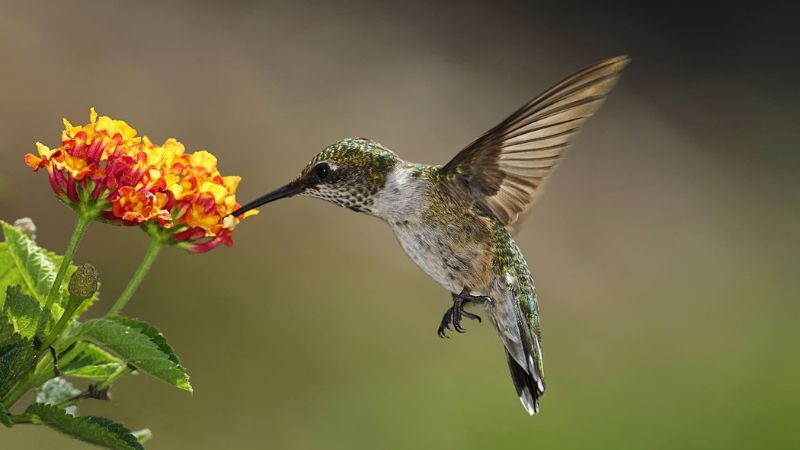There’s nothing quite like the sight of a hummingbird flitting about your garden, sipping nectar from vibrant flowers. These tiny birds are not only delightful to watch but also play a crucial role in pollination. By planting perennials that attract hummingbirds, you can create a garden that welcomes these magical creatures year after year. Let’s explore some of the best perennial plants that will draw hummingbirds and enhance your garden’s beauty.
Phlox
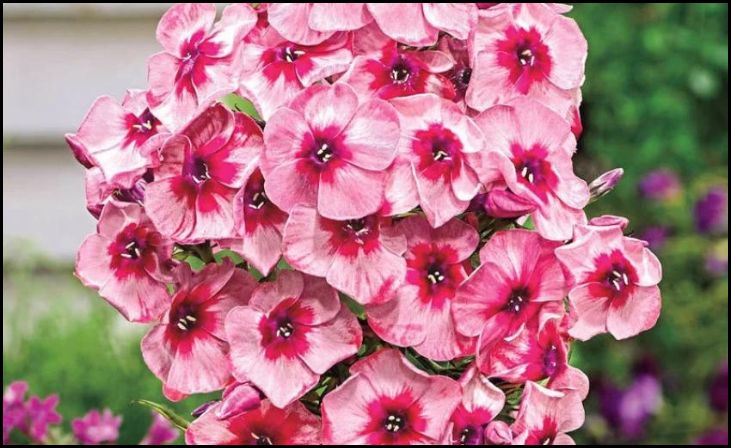
Phlox is a gardener’s favorite for its vibrant, fragrant blooms that come in a variety of colors, including pink, purple, and white. These flowers are not only visually stunning but also attract hummingbirds, butterflies, and bees. Phlox thrives in well-drained soil with regular watering and plenty of sunlight. To keep your Phlox healthy and blooming, deadhead the spent flowers and divide the plants every few years.
Native Honeysuckle
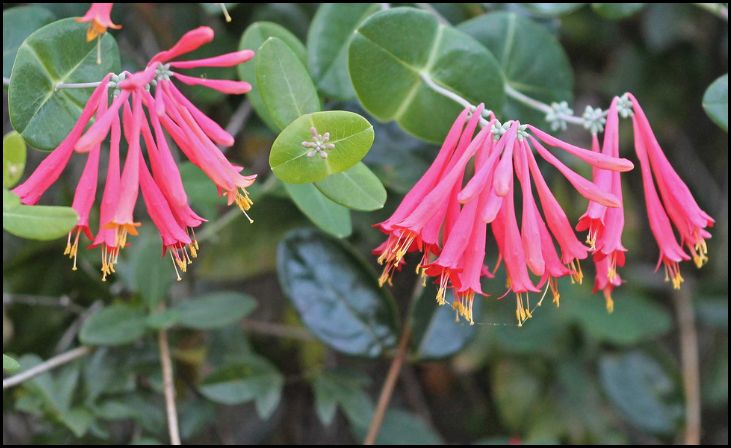
Native honeysuckle is a fantastic addition to any garden aiming to attract hummingbirds. This plant produces clusters of tubular flowers that hummingbirds find irresistible. It thrives in full sun or partial shade and is quite drought-tolerant once established. Native honeysuckle prefers its roots to stay cool and shaded, while the foliage basks in the sun. This plant is also beneficial for butterflies and bees, making it a triple win for pollinators.
Chuparosa
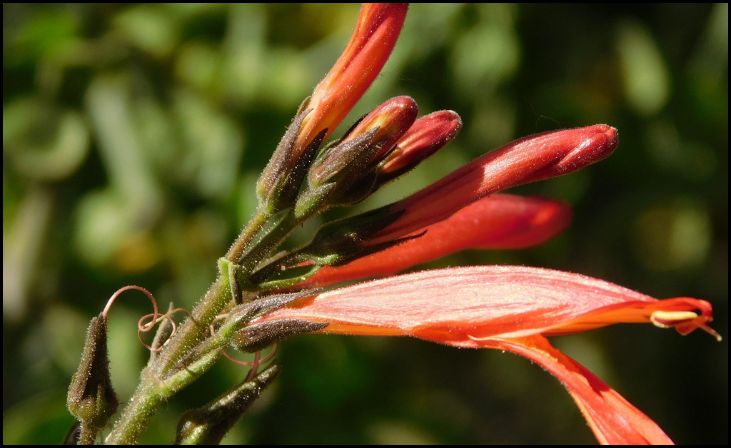
Chuparosa, with its bright red tubular flowers, is a magnet for hummingbirds. This plant is particularly well-suited for arid environments as it thrives in fast-draining soil and is highly drought-tolerant. Chuparosa blooms profusely in spring and can continue to flower sporadically throughout the year. During dry summer conditions, it may stop blooming and drop its leaves, but it will quickly bounce back with the next rainfall.
Goldenrod
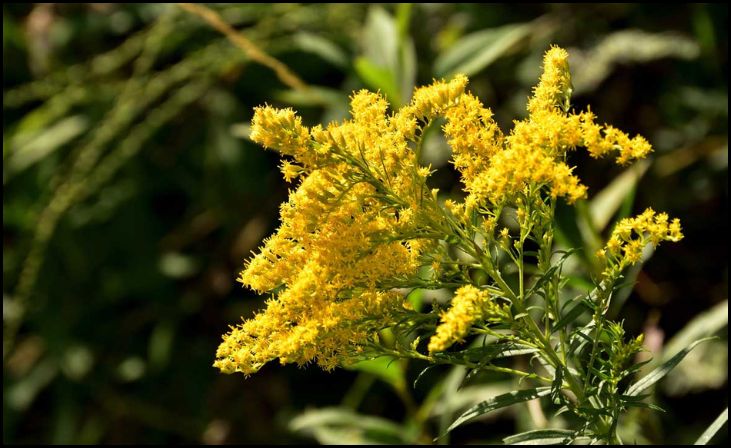
Goldenrod is known for its tall spikes of bright yellow flowers that bloom in late summer and early fall. This plant is easy to grow, requiring minimal care once established. Goldenrod prefers full sun and can tolerate drought conditions, making it a low-maintenance choice for attracting hummingbirds, butterflies, and bees. Its extensive bloom period provides a late-season nectar source for hummingbirds preparing for migration.
Beardtongue
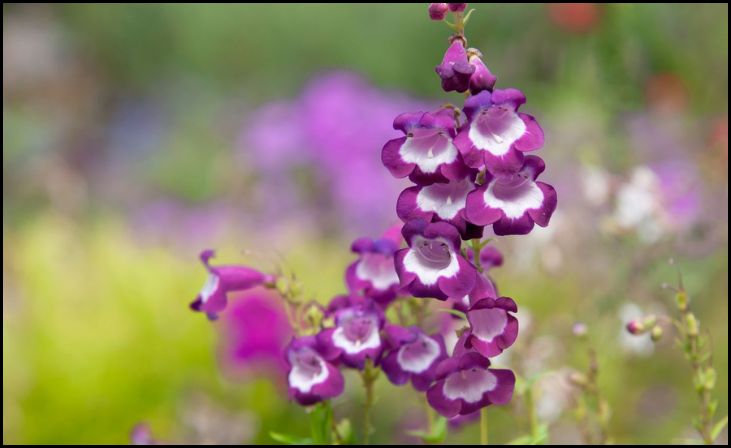
Beardtongue, or Penstemon, is another excellent choice for attracting hummingbirds with its tubular blooms and sweet nectar. This perennial is adaptable to various soil conditions, including those that occasionally flood or experience drought. Beardtongue requires minimal fertilization and thrives in well-drained soil. The vibrant flowers come in a range of colors, providing a striking addition to your garden landscape.
Butterfly Weed

As the name suggests, butterfly weed is a favorite among butterflies, but it also attracts hummingbirds with its bright orange flowers. This plant needs full sun and well-drained soil to thrive. Once established, butterfly weed is quite drought-tolerant and requires minimal watering. It’s an essential plant for supporting various pollinators and adds a splash of color to any garden.
Cardinal Flower
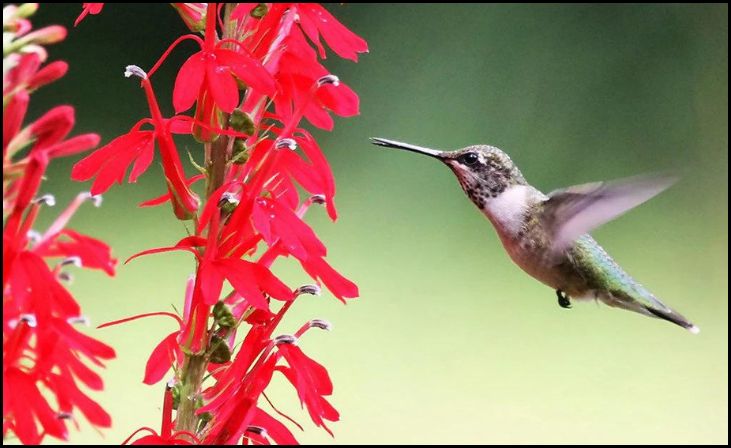
Cardinal flower is famous for its stunning red flowers that attract Ruby-throated Hummingbirds. This plant prefers constant moisture and can often be found naturally growing in wetlands. It thrives in full sun or light shade and benefits from rich, well-drained soil. Cardinal flower’s striking appearance and high nectar content make it a must-have for any hummingbird garden.
Columbine

Columbine flowers are unique in shape and provide early-season nectar for hummingbirds. These plants are versatile, growing well in full sun to partial shade and preferring well-drained soil. Columbine is tolerant of various soil types and conditions, making it a hardy addition to your garden. The flowers come in a variety of colors, adding visual interest and attracting pollinators.
Salvia
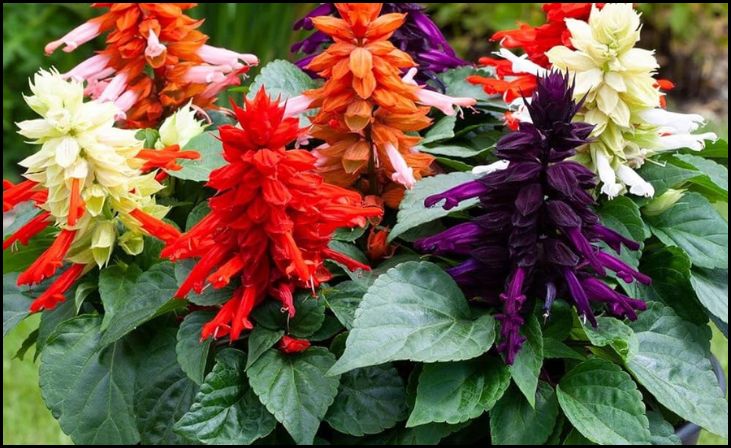
Salvia is a go-to plant for attracting hummingbirds, butterflies, and bees. Known for its vibrant spikes of flowers in colors ranging from blue and purple to red and pink, Salvia is both drought-resistant and low maintenance. It prefers full sun and well-drained soil, though some varieties can tolerate partial shade. With its long blooming period, Salvia provides a consistent nectar source for hummingbirds.

